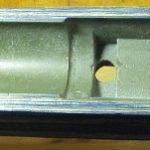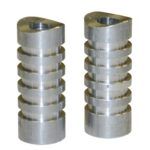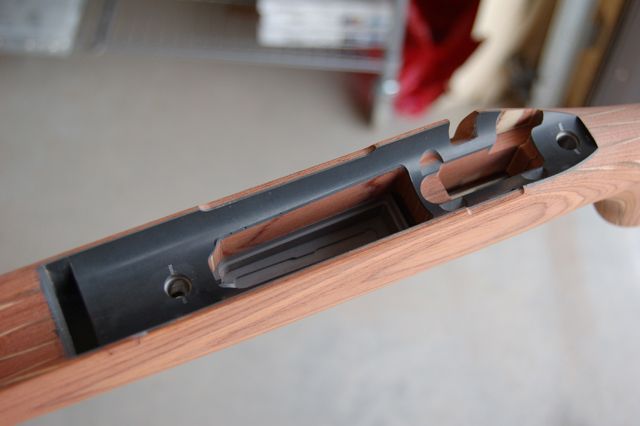So you want the perfect long range rifle setup? Let’s talk about the things you’ll want to consider as you put together your weapons system. In the last article, we covered rifle accuracy, with a focus on inherent accuracy and barrel vibration. In this post I’ll show you how to effectively put that knowledge to good use to improve the accuracy and consistency of a standard bolt action rifle to make it into your ideal long range precision rifle.
Free Floating Barrel
The first step is to ensure the barrel is free floating. This means that the barrel must not touch the forend at any point. You must be able to pass at least 3 (some recommend 5) dollar bills (or, sheets of printer paper works, too), stacked together, between the barrel and the forend, all the way to the end of the chamber (where the fattest part of the barrel meets the reciever). I’ve seen this test performed with a single bill, or with a single sheet of paper, but that’s not enough. The barrel vibrates when we shoot, and if it’s thin, it vibrates a lot. Not to mention, you could be bending the stock, applying force from your body weight, when you assume the shooting position, moving it even closer to the barrel. Thus, you need an adequate clearing space, to avoid any contact.
If there’s not enough space between the barrel and the forend, the channel must be opened with sand paper. If you are experiencing flyers and non-uniform groups, this trick could dramatically improve the overall accuracy and the group tightness. In some cases, your stock may be too flexible, bending too much, which would cause it to touch the barrel even if it’s free floated. In that case, I heartily recommend changing the stock. The less ideal alternative is to free float the forend all the way down, and then place a point of pressure between the barrel and the end of the forend.
Stock/Action Rigidity

The second step is to ensure the rigidity of the action/stock assembly. This means that the action must be locked tight to the stock, and there must be no play between them. It’s generally impossible to achieve enough tightness between the stock and action with wooden stocks because you can’t apply too much torque on the screws without compressing the wood. Wood also suffers dilatation problems with changes in temperature and humidity. This leads to variations in screw torque and, consequentially, variations in point of impact and accuracy. Thus, a standard wooden stock is not optimal for precision long range shooting. Laminated and synthetic stocks are not weather sensitive, so they are better for this purpose. If you just can’t part with your wooden stock (hey, they are beautiful, after all), you can still make it more precise with two simple fixes: pillar and glass bedding.

Even standard synthetic stocks, and laminated wood stocks, should be bedded, since they are still too soft to support a large degree of torque. Synthetic stocks with integral aluminium bedding don’t need additional pillar bedding; however, glass bedding work is desirable to increase accuracy. Indeed, glass bedding ensures the best contact possible connection between stock and action surfaces, resulting in an increase in consistency.
As you can imagine, the action/stock assembly is crucial to a long range rifle’s performance. So, it is not enough to simply tighten down the screws that keep them connected. In the next article I’ll talk about how to properly tighten the action screws, what tools you’ll need to do it, and two other important upgrades that you may want to add to fine tune your perfect long distance shooting rifle.
Featured image, courtesy of Longriflesinc.com, displays an example of professional glass bedding + pillar bedding job on a laminated stock.


